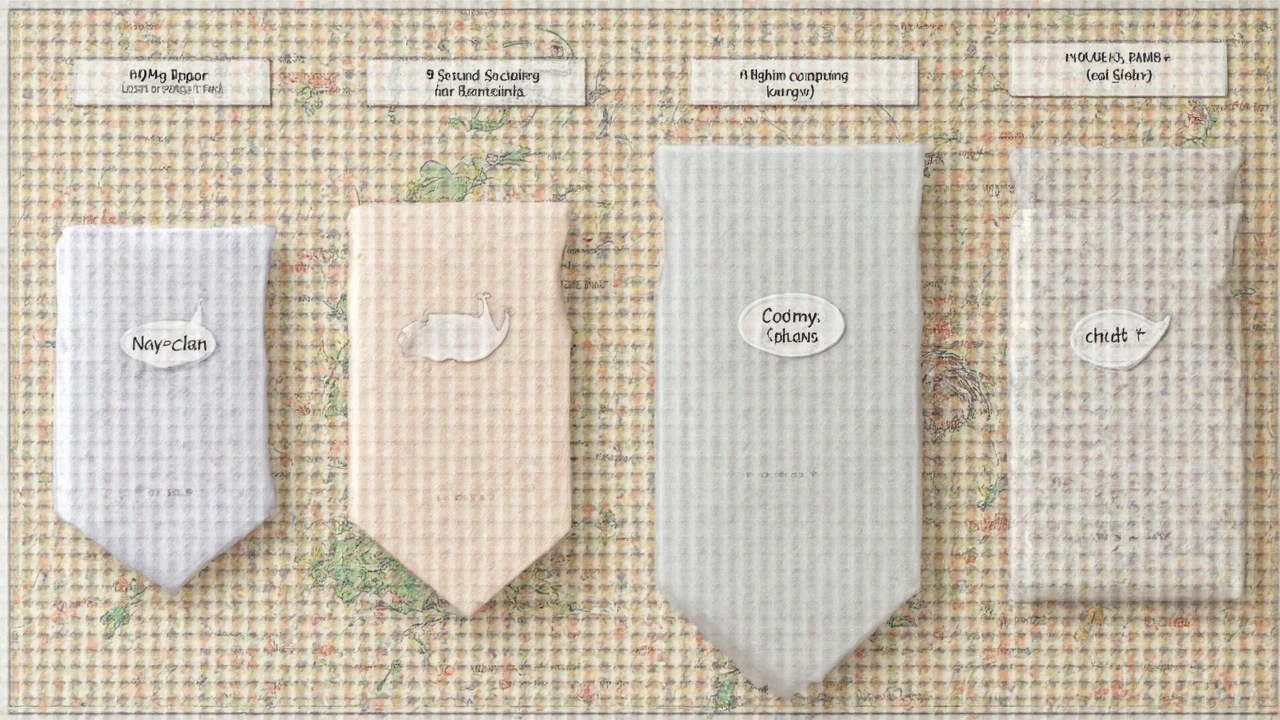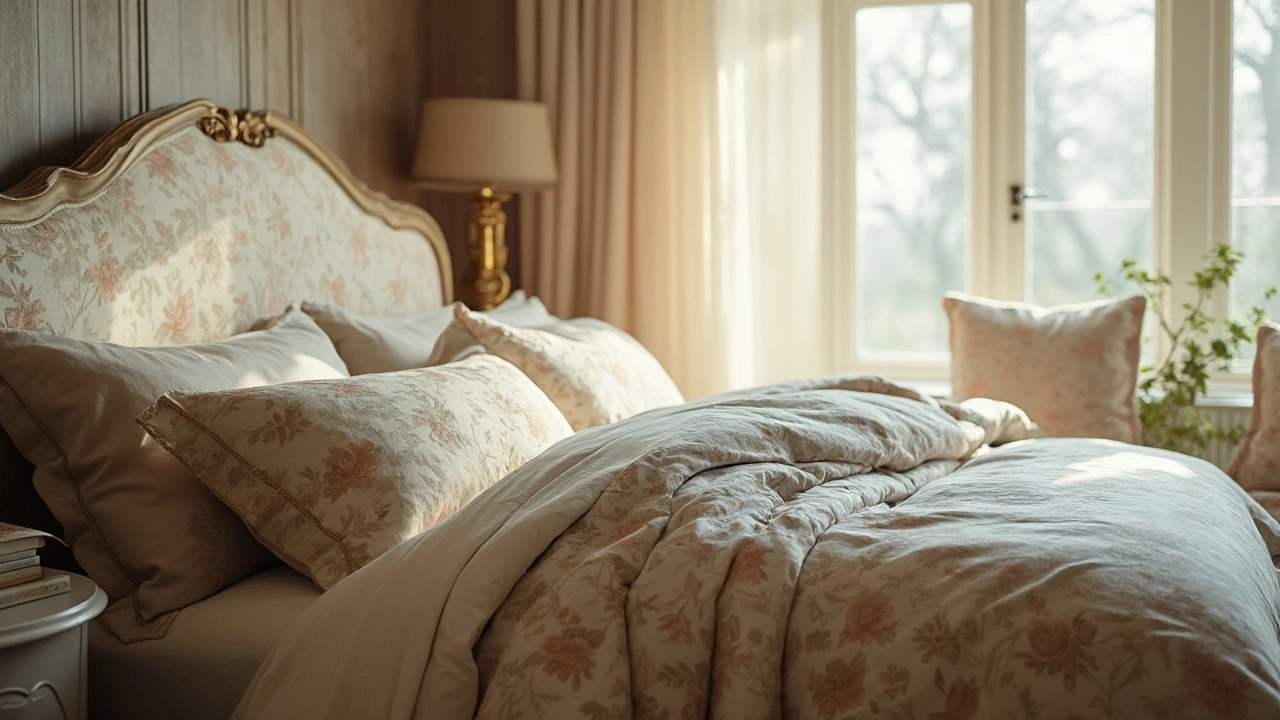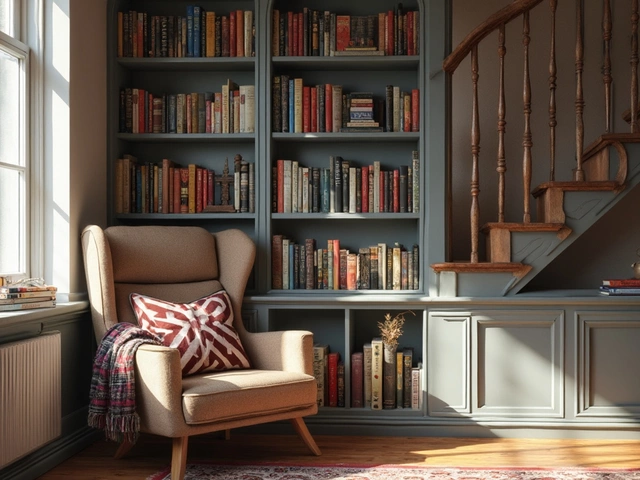You’ve probably stood in a store wondering if you should be searching for 'bedding' or 'beddings.' The choice seems trivial, but there's an interesting bit about it. In English, 'bedding' is typically an uncountable noun, meaning we don't usually add an 's' to the end. We say 'bedding' whether we're talking about sheets, pillowcases, or duvets.
But don't worry if you've been saying 'beddings'—it does pop up in some regions. Anyway, what's really important is to know what fits your needs. There’s a whole world of bedding materials out there, from cotton to silk, and each has its own perks. Cotton is breathable and easy to wash, while silk can feel like pure luxury.
The Singular vs Plural Debate
So, let's tackle this once and for all: when do we use 'bedding' and when should we opt for 'beddings'? The short answer: it's almost always 'bedding.' In English, 'bedding' is what we call a mass noun or uncountable noun, which means it's treated as singular and doesn't typically have a plural form.
Think of it like 'furniture' or 'luggage'—you wouldn't say 'furnitures' or 'luggages,' right? That's because these terms describe collections of items, just like bedding describes things like sheets, blankets, and pillow covers all at once.
'Mass nouns, such as furniture or bedding, cover a group of items, and thus remain singular even when referring to multiple pieces,' says Dr. Elaine Bruce, a linguistics expert at the University of North Carolina.
But what about 'beddings'? This term occasionally slips in, especially in parts of Asia. It’s similar to saying 'clothes' instead of 'clothing.' While not incorrect in informal settings, it’s not the conventional use.
How Does This Affect Shopping?
When hunting for the perfect bedding, it helps to know these nuances. Product descriptions will often mention 'bedding sets' rather than 'beddings.' This matters less in physical stores, where you can see the items, but it’s crucial for online shopping. Knowing the right term might just lead you to better search results and deals!
Should We Care?
Well, yes! Shopping aside, using the correct term shows a good grasp of the language. It's all part of making sure our words reflect what we mean as accurately as possible. So next time you're chatting about your bedroom decor, you can confidently toss around 'bedding' knowing you've got it right.
Common Bedding Types
Picking the right bedding can change your sleep game completely. There's a variety out there, but let's break it down to the basics. Understanding the different types can help you make the best choice for your comfort and style.
Sheets
Okay, first, sheets. They come in two types: fitted and flat. Cotton sheets, especially Egyptian cotton, are popular thanks to their softness and breathability. If you’re someone who gets chilly, flannel sheets are great for warmth. And for a touch of luxury, go for silk or sateen—just remember they require a bit more care.
Duvets and Comforters
Now, let's talk about duvets and comforters. While they sound similar, they're not quite the same. A duvet is like a soft flat bag and often requires a cover, kind of like a large pillowcase. Comforters, on the other hand, are usually quilted with the filling evenly distributed and come ready to use.
Pillows and Pillowcases
Don’t underestimate the power of a good pillow. Memory foam pillows are all about support if you have neck issues. Feather pillows are fluffy and soft, but might not offer the support some need. Pillowcases, ideally matching your bedding, come in different fabrics like cotton, silk, or a breathable blend.
Blankets and Throws
Last but not least, blankets and throws. They add warmth and style. A wool blanket is perfect for winter nights, whereas a cotton one is versatile enough for year-round use. Throws are more for decoration but can provide that little extra cozy layer when needed.
Choosing the right bedding can seem overwhelming, but think of it like picking the perfect outfit for your bed. Matching styles and textures can create a comfy haven right in your bedroom.

Bedding Care 101
Taking care of your bedding is key to making sure it lasts as long as possible while staying comfy and clean. Proper maintenance isn’t as tricky as it sounds. Here’s a simple guide to keep your bedding in tip-top shape.
Washing Tips
The basic rule for washing? Stick to what the tag says. But generally, most bedding like sheets and pillowcases can be washed every two weeks. Use warm water since it’s great for getting rid of dirt without damaging the fabric.
Drying Practices
When it comes to drying, a low-heat setting on your dryer will help prevent shrinking. Want to avoid wrinkles? Take your bedding out of the dryer while it's still a bit damp and lay it flat.
Storage Solutions
Not using your bedding? Store it in a cool, dry place. If you've got spare sheets, fold them neatly and slip them inside the matching pillowcase for a tidy solution.
Fighting Common Stains
Spilled some coffee in bed? It happens. Treat stains as quickly as you can. Blot up excess liquids and then use a mixture of mild detergent and water to dab at the stain. A quick rinse and it should come out quite nicely.
Keeping your bedding fresh might seem like a chore, but a little regular care goes a long way. Plus, who doesn’t love slipping into a bed that feels as fresh as it looks?
Shopping Tips for Bedding
Picking the right bedding can feel like trying to solve a riddle, especially with so many options out there. Whether you're sprucing up your bedroom or setting up a guest room, a few insider tips can go a long way.
1. Understand Your Needs
Firstly, think about what you need. Are you looking for comfort, luxury, or something that can withstand a few spills? Common choices include cotton for everyday use, silk for a touch of luxury, and flannel to keep warm.
2. Check the Thread Count
Thread count is crucial but can be misleading. Aim for a thread count between 200 and 600 for soft and durable sheets. Anything higher might not necessarily mean better quality.
3. Material Matters
If you’re a warm sleeper, consider breathable materials like cotton or bamboo. For those who prefer a more luxurious feel, silk or satin can be your go-to, albeit with a higher price tag.
4. Look for Easy Care Features
Not all bedding is low maintenance. Look for sheets labeled wrinkle-free or easy care to save yourself some hassle. Trust me, you'll thank yourself on laundry day.
5. Don’t Forget About Size
Bedding that doesn't fit your mattress well can be uncomfortable and look sloppy. Double-check the dimensions of your bedding to match it perfectly with your mattress—especially if you have a thick mattress or a plush top.
6. Get the Right Pillows
Pillows are part of the whole package. Whether you like them firm, soft, or somewhere in between, check them out before you buy. This can make or break a good night's sleep.
Following these tips can help you pick bedding that not only looks great but feels comfortable every night. Keep these pointers in mind next time you're shopping, and you might just find your perfect match.







